A paste of sugar, lemon and water can be gentler than traditional waxing
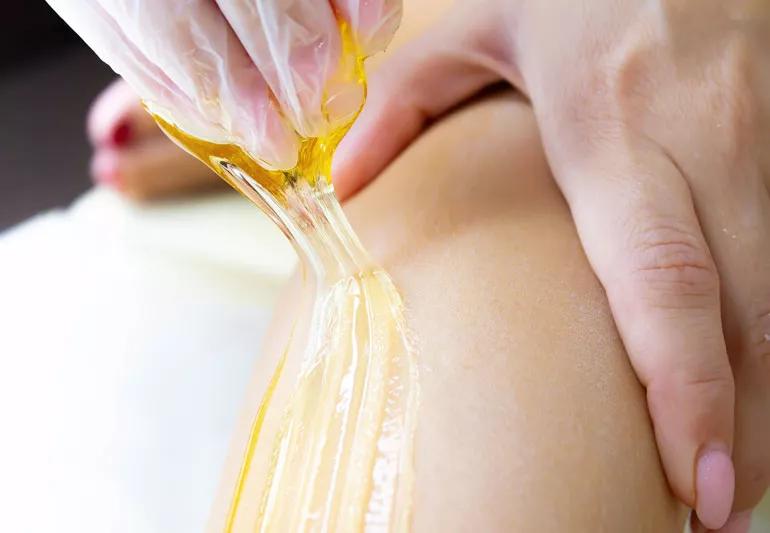
Body hair. Everyone has it. But for some of us, we’re in a constant battle to remove hair from certain areas.
Advertisement
Cleveland Clinic is a non-profit academic medical center. Advertising on our site helps support our mission. We do not endorse non-Cleveland Clinic products or services. Policy
Whether you’re shaving or waxing, threading or turning to laser hair removal or electrolysis, you’re probably familiar with the endless cycle of appointments and treatments all in the name of smooth, hair-free skin.
Sugaring, an ancient method, is another way to remove unwanted hair. It’s become more popular in recent years with many salons offering sugaring.
“Most sugaring products contain sugar, lemon and water or similar ingredients, and are heated to make a sticky syrup that can adhere to the hairs to help pull them out,” says dermatologist Amy Kassouf, MD.
Dr. Kassouf explains how sugaring works, how it differs from waxing and what to expect.
Though they may sound similar, sugaring and waxing are different. The main distinction is the direction the hair is pulled.
With waxing, you apply the wax in the same direction as hair growth and remove the wax in the opposite direction. This method can cause hair follicles to break in half, as you’re pulling against the direction of hair follicles.
When it comes to sugaring, you’re applying the mixture in the opposite direction and then pulling hair in the direction it grows.
“Waxing is often done in one treatment, while sugaring may take several passes,” explains Dr. Kassouf. “Sugaring doesn’t remove as many additional skin cells since the cooled mixture doesn’t adhere to your skin.”
Advertisement
Wax does stick to your skin, so when it’s pulled off, it can cause irritation.
But like waxing, sugaring can be used on different parts of your body, like:
Some say that sugaring is less painful than waxing, but it’s all based on the individual and their pain tolerance.
You’re spending money and enduring some pain to achieve that hair-free look. So, you want results that last, right?
“Hair growth can vary depending on site but most treatments last for about three weeks,” says Dr. Kassouf.
Waxing can last between two and eight weeks depending on how fast your hair grows.
The paste used for sugaring is made with sugar, lemon juice and water. It’s warmed up to your body’s temperature before being applied.
After cleaning your skin, a layer of paste is applied in the opposite direction that your hair grows. Then, in quick, short flicking motions, the sugar paste is removed, pulling hair in the direction it grows.
As the paste is sticky, it adheres to your body’s hair and pulls it out as it’s removed.
The length of each appointment varies depending on the area and extent of hair being treated.
Many salons offer sugaring as one of their hair removal treatments.
It’s important to do your homework, though. Read the reviews, ask to see before-and-after photos and talk to the estheticians about their sanitation practices.
You can also buy sugaring kits to try out at home. There are DIY recipes out there as well, but it’s not recommended that you attempt to remove hair this way.
With sugaring, your hair may grow back softer and thinner than before, especially the more you do it.
It may also cause less irritation than waxing.
And the application and clean-up of sugaring is an easy process, as the paste is water-based. It’ll easily wash out of clothes, and if any residue is left over on your skin, you can use water to remove it.
Though your skin might be less irritated than with waxing, you may still experience some irritation and inflammation with sugaring.
“Too many skin cells can be removed resulting in a sore or irritated spot,” notes Dr. Kassouf.
Also, anyone who takes isotretinoin (a medication used to treat severe cystic acne) shouldn’t undergo sugaring for at least six months after finishing the medication.
“Additionally, any inflamed or infected skin shouldn’t be treated and any irritating topicals like tretinoin (a medication used to treat acne and other skin conditions) should be stopped at least a few days before treatment,” cautions Dr. Kassouf. “If you have eczema or super sensitive skin or skin that darkens with irritation, then you may want to avoid this as well.”
Advertisement
Before your appointment, you want to make sure your hair is long enough for the product to stick to it — usually at least a few millimeters.
You also want to stop all products that can be irritating or may make the cells easier to remove like the retinoids mentioned above.
“Avoid sun exposure both before and after treatment, and don’t get treated if you’re sunburned or the skin is irritated or infected,” advises Dr. Kassouf. “You may be able to use a topical numbing cream to help with the discomfort, but ask your esthetician what they recommend, as some creams can block the sugaring product from sticking to the hair.”
She also recommends taking ibuprofen or acetaminophen an hour before treatment and for any discomfort after treatment.
OK, you’ve tried sugaring for the first time. Now, what do you do?
Advertisement
It can be hard to determine the best hair removal method for you. Sugaring offers less irritation, less pain and decent results.
So, should you give it a try? It comes down to personal preference.
“Every method of hair removal has its pros and cons and depends on the person, the area, the skin type and the budget,” says Dr. Kassouf.
Advertisement
Learn more about our editorial process.
Advertisement
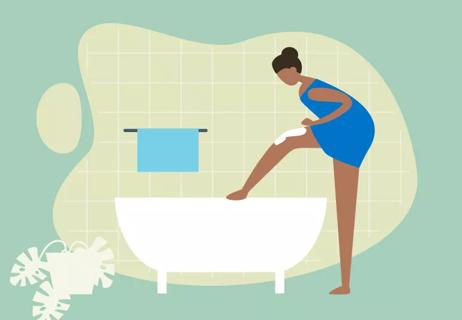
This old-school hair removal method is painless if done correctly — but it’s not for everybody
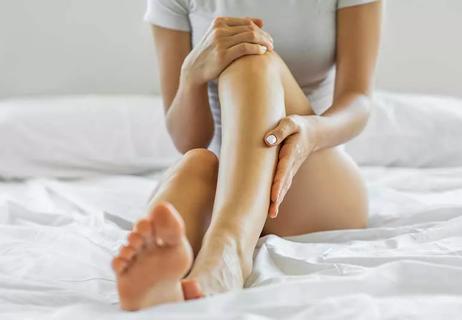
They work for some skin types but are less efficient — and messier — than shaving

Pros, cons and how to prep to go hair-free
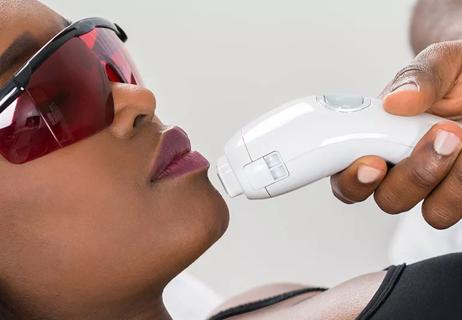
Walk through the process
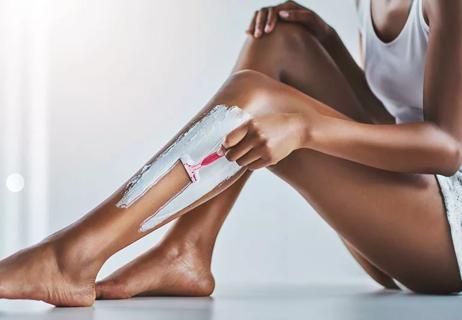
Two routes to smooth, hair-free skin

With repeat injections over time, you may be able to slow the development of new wrinkles

Pantothenol is a powerful moisturizer and can help repair damaged skin and hair

This alternative to retinol may be easier on sensitive skin

Type 2 diabetes isn’t inevitable with these dietary changes

Applying a hot or cold compress can help with pain